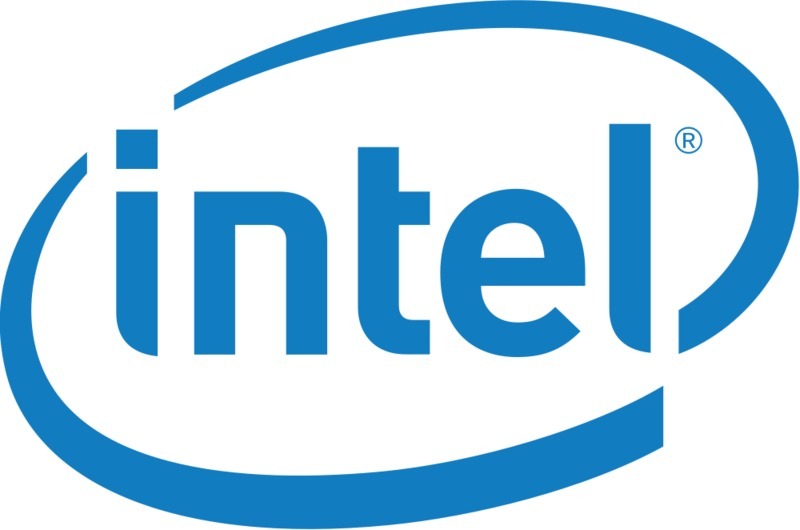RealityCapture, like other photogrammetry applications, is built to take a batch of photographs and turn them into digital, 3D models. The algorithms used during that process are designed to be “out of core”, meaning that not all of the data has to be loaded into system memory (RAM) at the same time – allowing for full processing without requiring a ton of available memory. Having more RAM can still be beneficial, though, so we decided to test how much impact it has on performance.














